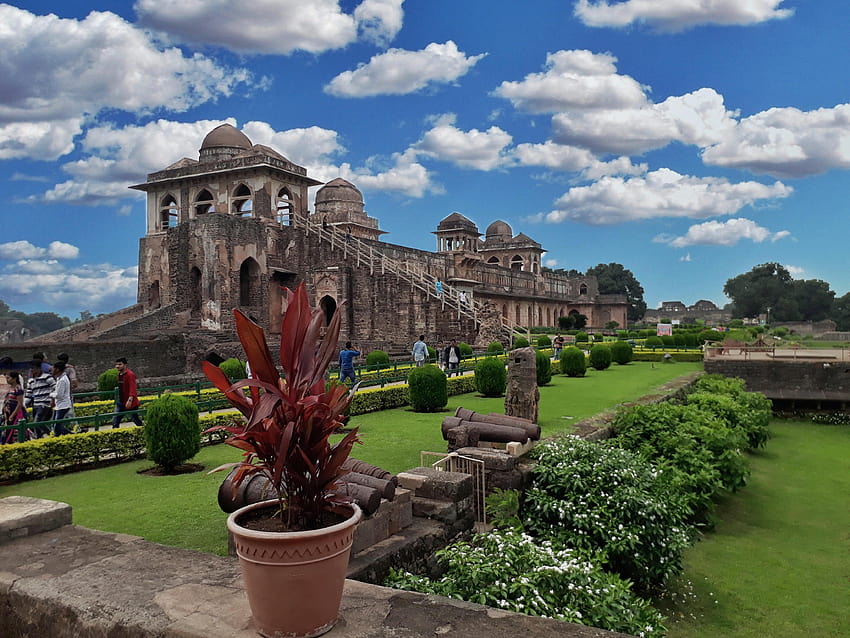Mandav: Unveiling the Historical Richness of a Timeless Fort
Nestled in the heart of Madhya Pradesh, India, Mandav (also known as Mandu) is an awe-inspiring historic city known for its magnificent architecture, ancient forts, palaces, and a legacy that dates back to centuries. Once the capital of the Malwa Sultanate, Mandav holds an unmatched historical charm, combining the beauty of architectural grandeur with tales of valor, love, and grandeur. Today, it stands as a testament to India's rich cultural heritage, attracting history enthusiasts, photographers, and travelers from around the globe.

